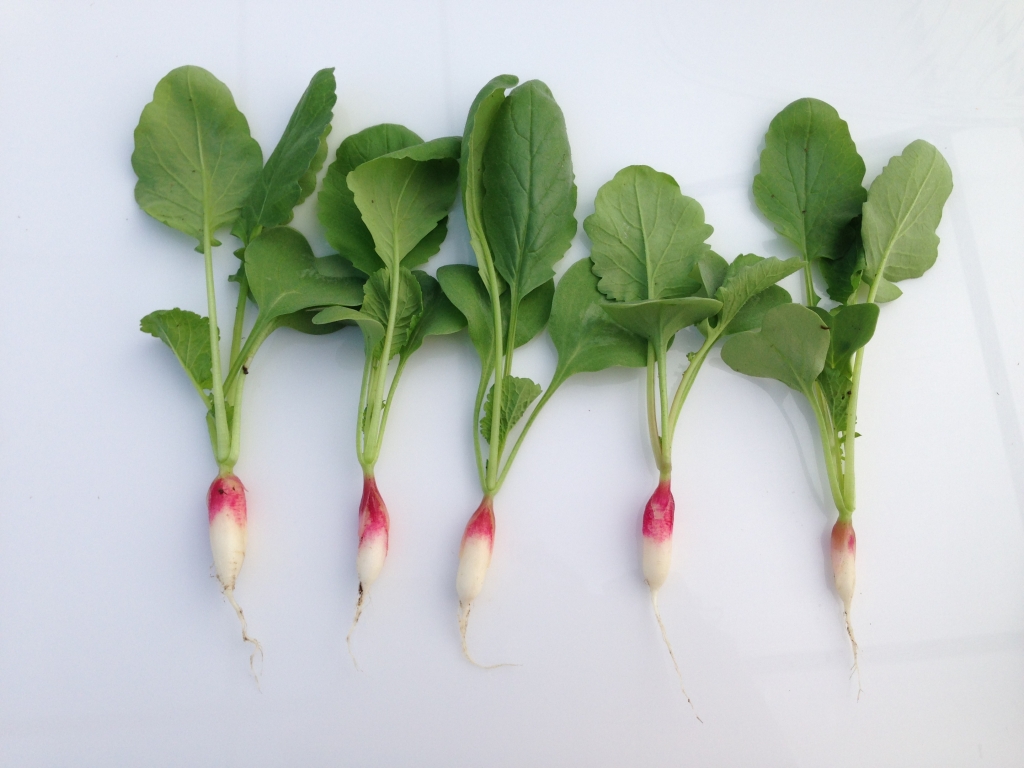3 Ways to Make Use of an Abundance of Tomatoes
Hello, tomato.

So wonderful to see you again.
Such taste, such loveliness, such flavor… tis’ the season of Jersey-grown tomatoes.
As a tomato lover, I sometimes find myself thinking with my eyes, and come home with more tomatoes than I can possibly consume. What’s a girl to do?
3 Ways to Make Use of an Abundance of Tomatoes
1. Give them away.
I know it may be difficult to give away such perfections of nature, but share the tomato love and give some away. Do you have friends who say they don’t like tomatoes (gasp!)? Gift them with a local tomato in season, at its peak ripeness, and watch them change their tune.
2. Roast them.
If you have less-than-pristine tomatoes, try roasting them in the oven to coax out their flavor. Eat them after roasting, or freeze them to enjoy year-round- roasting concentrates the flavor, so they’ll taste great. David Lebovitz has an excellent recipe here.
3. Can them.
Canning tomatoes sounds intimidating. I am new to canning myself- this summer will be the first time I’m putting up foods for the fall. Canning tomatoes is a big messy endeavor, so make sure you have the help and space you need before you dive in. It’s important to note as well that improperly canned tomatoes can cause botulism, a deadly poisoning. Follow the current USDA guidelines to keep you and your family safe. Mother Earth News has a helpful article on how to can tomatoes at home safely here.
What’s your favorite way to enjoy an abundant tomato harvest?



 The book is actually a compilation of two works, Living the Good Life and Continuing the Good Life, which detail the decision and story of the Nearings’ leaving New York City for a rural life of self-sustainable homesteading. It contains as much philosophical discussion as it does documentary tale, and while the book is not about organic farming per se, it helped to spur the “back to the land” movement and is on many a bookshelf of farmers young and old. In fact, Eliot Coleman’s Four Season Farm is not coincidentally located just down the road from Helen and Scott’s final and longest standing homestead in Harborside, Maine. He often cites his early experiences with them as crucial to his farming career. I visited this homestead in Harborside while I went to school about an hour north of it. While Helen and Scott have both passed, their homestead still hosts an individual or couple of apprentices who use the property much as the Nearings did and provide tours to the public.
The book is actually a compilation of two works, Living the Good Life and Continuing the Good Life, which detail the decision and story of the Nearings’ leaving New York City for a rural life of self-sustainable homesteading. It contains as much philosophical discussion as it does documentary tale, and while the book is not about organic farming per se, it helped to spur the “back to the land” movement and is on many a bookshelf of farmers young and old. In fact, Eliot Coleman’s Four Season Farm is not coincidentally located just down the road from Helen and Scott’s final and longest standing homestead in Harborside, Maine. He often cites his early experiences with them as crucial to his farming career. I visited this homestead in Harborside while I went to school about an hour north of it. While Helen and Scott have both passed, their homestead still hosts an individual or couple of apprentices who use the property much as the Nearings did and provide tours to the public.



